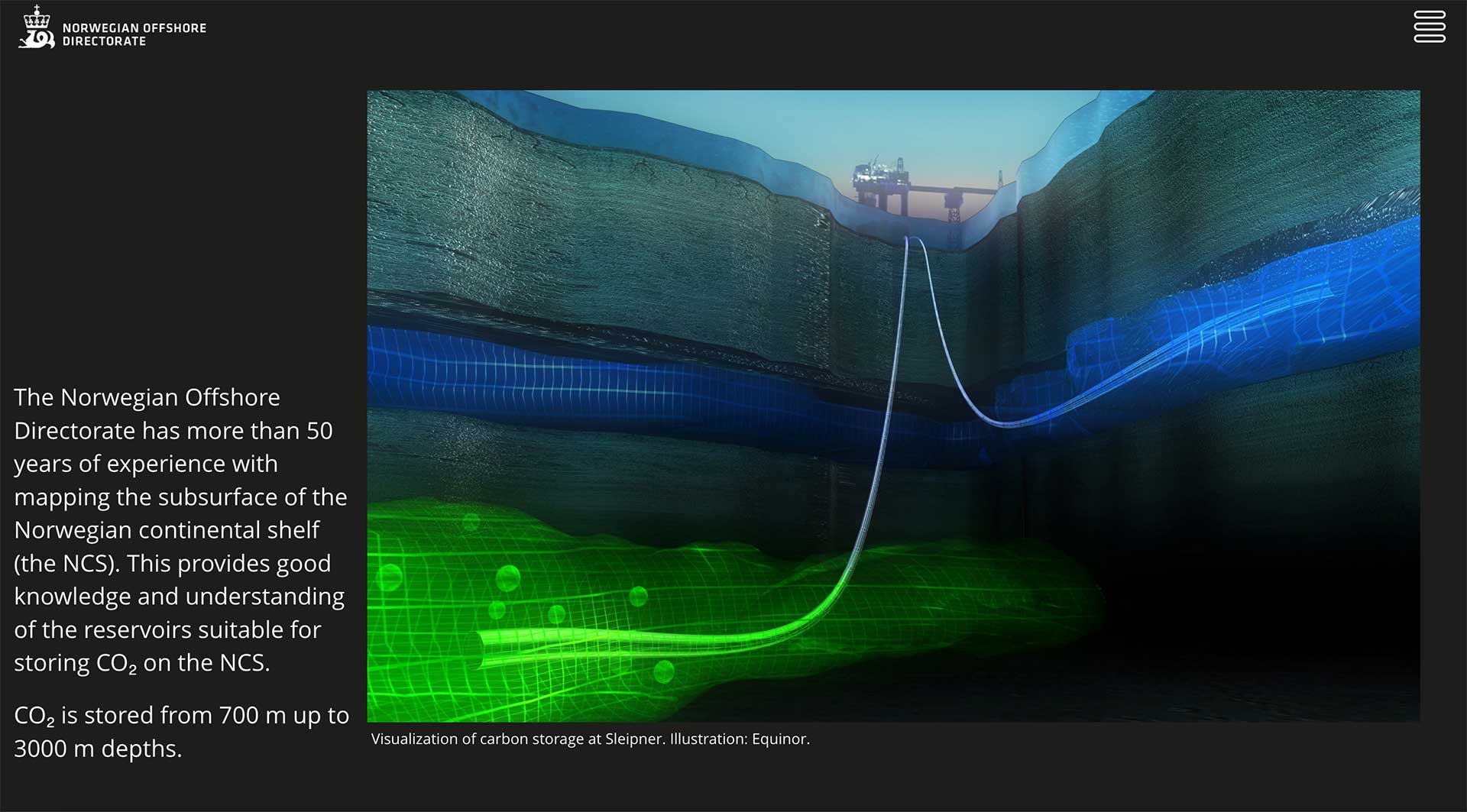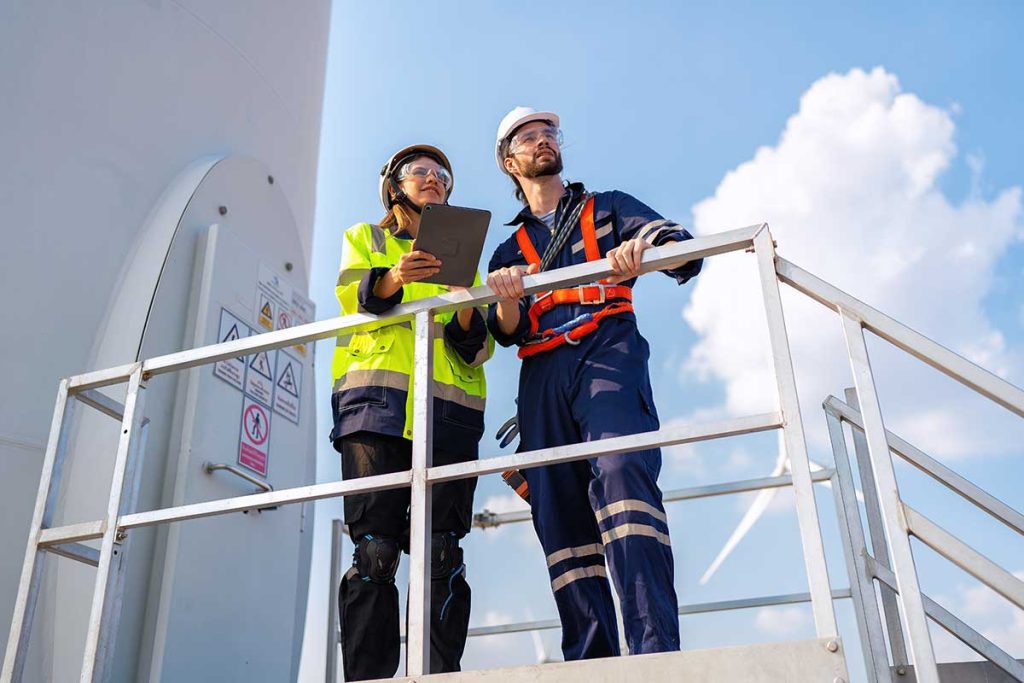Offshore hydrogen and ammonia production combines reforming, CO₂ capture & storage, and ammonia synthesis, leveraging Norway’s expertise for efficient and compact offshore energy solutions.
Hydrogen and ammonia can be efficiently produced offshore from natural gas using steam methane reforming (SMR) or autothermal reforming (ATR), where the resulting CO₂ is captured and permanently stored.
When done on an offshore installation, this approach ensures a compact, integrated design while enabling direct injection of CO₂ into a nearby subsea reservoir, eliminating the need for long-distance transport.
In this process, natural gas is converted into hydrogen and CO₂.
The captured CO₂ is compressed and injected into a sealed geological formation beneath the seabed, leveraging Norway’s expertise in offshore carbon storage from projects like Sleipner and Snøhvit.
Ammonia can be produced by combining hydrogen with nitrogen from the air via the Haber-Bosch process, all within the offshore facility. Ammonia, as a dense hydrogen carrier, simplifies storage and transport, making it ideal for global energy markets.
Norway has a theoretical offshore CO₂ storage capacity of up to 80 billion tonnes. Eleven licences have been awarded—ten in the North Sea, one in the Barents Sea.
With 50+ years of experience, the Norwegian Offshore Directorate has identified suitable geological formations (700–3000 m deep) and documented them in a CO₂ atlas for safe, long-term storage assessments.

Screenshot from The Norwegian Offshore Directorate.

Norway has unique advantages in taking a leading position in the development of offshore solutions for hydrogen and ammonia from natural gas, combined with carbon capture and storage (CCS).
For decades, we have built a world-class offshore industry with expertise in floating production units (FPSOs), subsea technology, and the operation of complex installations in harsh environments.
Norway’s experience with CO₂ management is among the most advanced globally, with successful projects like Sleipner and Snøhvit, where CO₂ is injected into geological reservoirs.
This gives us a technological edge in combining hydrogen production with CCS to deliver low-carbon ammonia as a sustainable energy carrier.
Furthermore, Norway has stringent environmental regulations and a stable regulatory framework that supports responsible development.
We also have access to vast natural gas resources and existing infrastructure that can be adapted for hydrogen production and export. With growing global demand for cleaner energy and our strong offshore expertise, Norway has a unique opportunity to take a key role in the future energy market.